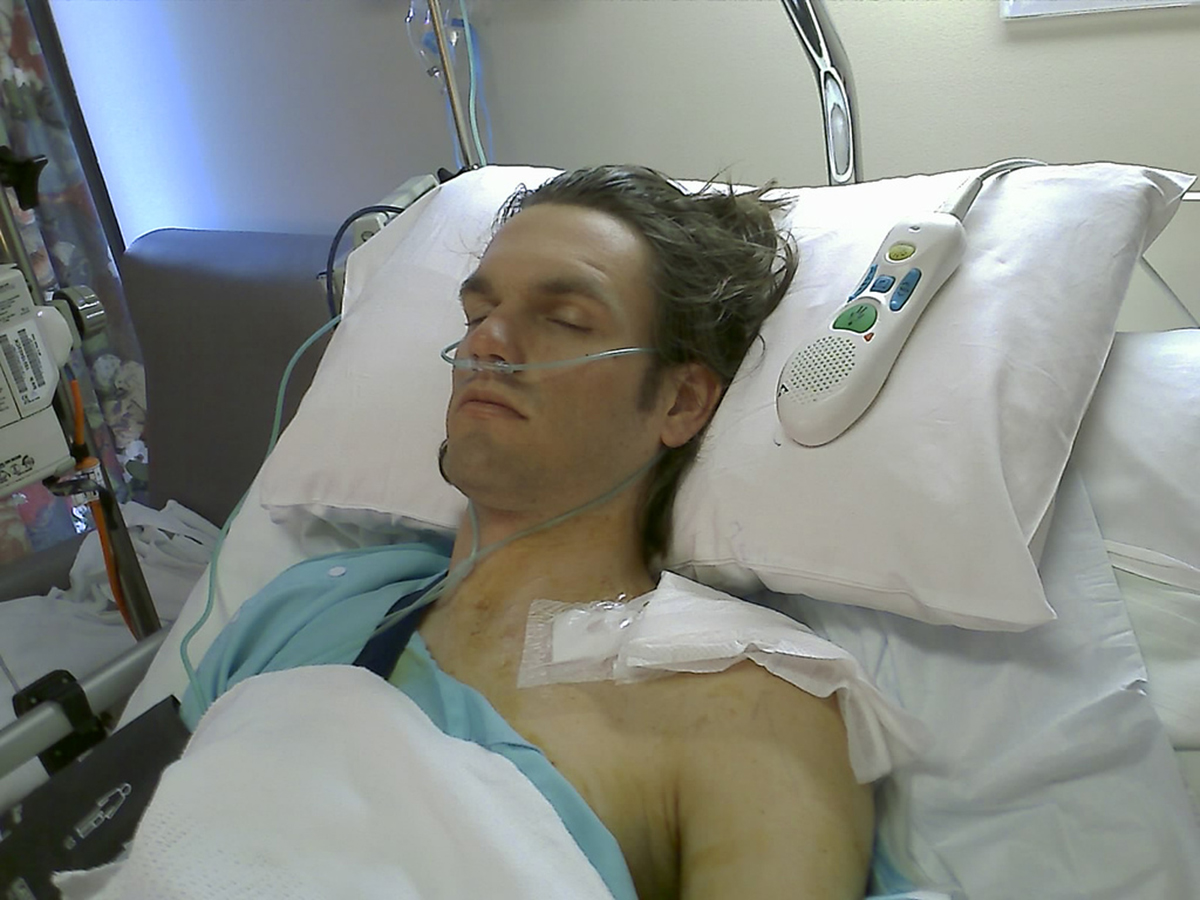Table of Contents
Of all the milestones and achievements made in medicine, pain control is one of the few that has affected almost every person in the world. The primary motive of surgery was to save lives that were being lost to unknown conditions and diseases each year. This fact led to an increase in the practice of surgery and it was often a nightmare, because it brought horrible pain and suffering to the patient.

Surgical Anesthesia Invented
Joseph Priestly, an English scientist, was the first to discover that inhaled nitrous oxide may have the potential to relieve pain. Other medical experts followed suit and used other gases such as carbon dioxide to induce similar results. Cocaine was injected into the mouth, eyes and other areas of the body in order to block nerve impulses. However, diethyl ether and nitrous oxide gained popularity after two American dentists started to use these gases in their practice, until it failed to work during a tooth surgery demonstration at Massachusetts General Hospital.
A Boston dentist by the name of William Thomas Green Morton correctly concluded it was a good idea, but that these gases were not powerful enough to produce an anesthetic effect. He began to experiment with another gas called sulfuric ether. After using the gas successfully on animals and human dental patients, on October 16th, 1846, Dr Morton publicly demonstrated the application of ether when removing a tumor from the neck of a patient. The operation went off without a hitch and at the end of 1847, books and literature about ether anesthesia started appearing in the US and many countries throughout Europe. For the very first time, a safe and consistent anesthesia was available.
Crawford Long: 'The Pioneer Of Surgical Anesthesia'
Different anesthesia practices were used during this time, but Crawford Long revived the field of surgical anesthesia through using diethyl ether as an anesthetic. This discovery was based on his observations and earned him the nickname "The Pioneer of Surgical Anesthesia". In honor of his groundbreaking discovery, he is recognized on "Doctor’s Day", to celebrate the birth of anesthesia that eliminated human pain.
See Also: Brain Recovery After Anesthesia
Risks Associated With General Anesthesia
Usually, general anesthesia is safe for people who are healthy, but there are some who may risk problems and these include:
- Smokers
- People suffering from drug and/or alcohol addiction or abuse
- People who have a personal or family history of medicine allergies
- Those with heart, lung and/or kidney problems
- www.medica.de/cipp/md_medica/custom/pub/content,oid,50564/lang,2/ticket,g_u_e_s_t/local_lang,2
- www.mnwelldir.org/docs/history/anesthesia.htm
- neurosurgery.mgh.harvard.edu/History/ether1.htm
- www.ncbi.nlm.nih.gov/pubmed/22583009
- http://www.nlm.nih.gov/medlineplus/ency/article/007410.htmPhoto courtesy of Bennovakovic via Flickr: www.flickr.com/photos/bennovakovic/1089779241
- Photo courtesy of ResoluteSupportMedia via Flickr: www.flickr.com/photos/isafmedia/3104330258


Your thoughts on this